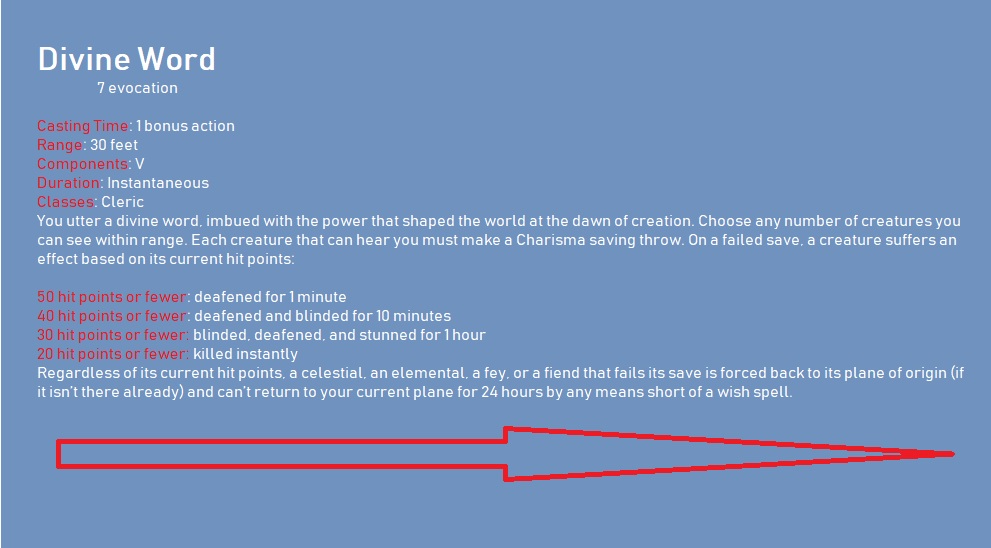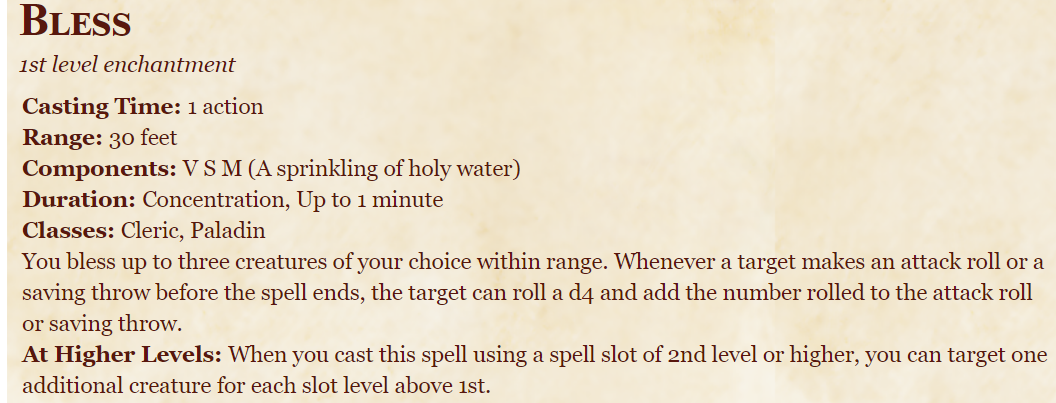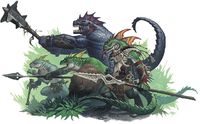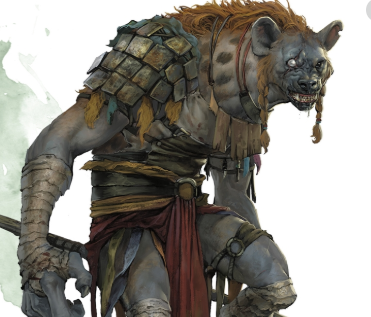For all intents and purposes, our whole group was there, from web engineers to visual architects. While there, however, I saw that many individuals were posing similar inquiries: “How would I make a character that is Adventurers League legitimate?”
This is no mystery; it’s been on our open Feature Roadmap for as far back a couple of months, and it’s one of the following activities our engineers are going to handle—directly after they complete tasks like the Mobile Character Sheet beta, and the Encounter Builder.
I’m not an engineer, so I can’t state precisely how this element will look when it’s good to go up, however, I’m sure that it will make it simpler than at any other time to make an AL-lawful character.
Next time I’m at PAX Unplugged, I trust I’ll have the option to simply flick a turn and mood killer all AL-unlawful choices for new players, as opposed to running down a rundown of things that they’re not permitted to do when assembling their characters.
While a portion of these standards can be broken with exceptional consent conceded by the managers as testaments (or “certs”) for finishing unique in-amusement targets, a player beginning totally crisp must pursue these rules. The accompanying exhortation is forward-thinking as of Season 8 of the D&D Adventurers League.
You don’t need to begin your character once again with each new storyline season, however. On the off chance that you began at first dimension in Chult (Season 7) and rose to the sixth dimension amid that time, at that point you could take that character to Waterdeep (Season 8) and keep adventuring easily.
Player’s Handbook +1
The most significant guideline in the D&D Adventurers League is this: when fabricating a character, you can just pick your race, class, accomplishments, and beginning spells from the Player’s Handbook and one other source. These sources are:
- Elemental Evil Player’s Companion
- Sword Coast Adventurers Guide
- Volo’s Guide to Monsters
- Xanathar’s Guide to Everything and The Tortle Package (these two sources are considered a solitary source)
- Mordenkainen’s Tome of Foes
There are a couple of prominent special cases to this standard, for example, foundations, which are altogether accessible to utilize paying little mind to the source. To the extent spells are concerned, your beginning spells and all spells increased through step up are limited to the spells found in the Player’s Handbook and your +1. Wizard characters can get around this standard by scribing spells found on spell looks into their spellbook (see “Your Spellbook”).
In the event that you need more data on the PHB +1 rule, look at this Aid another article.
Confined Races and Classes
The principal rule a few people catch is identified with their decision of race and class. This is a branch of the PHB +1 rule, yet it merits getting down on about its own: there are only a few races and classes that you can’t play in the D&D Adventurers League, in any event not without extraordinary consent.
D&D Races
Lamentably, a portion of these races and classes are accessible for nothing in D&D Beyond, and a portion of the general population who I helped assemble characters this end of the week was confounded by it.
Classes
We should set the record straight; these are every one of the races and classes you can’t in Adventurers Leaguerecreations, and why:
Aarakocra (Elemental Evil Player’s Companion): Shockingly, the high flying creature individuals known as aarakocra aren’t legitimate for AL play due to their flying velocity.
While enchantment things and spells that give characters flight like winged boots and fly are AL-lawful, races that concede characters flight are considered overwhelmed and have in this manner been restricted from AL play.
This is on the grounds that most low-level experiences can be trivialized by a gathering of all-flying (or even for the most part flying) characters, and players hoping to amusement the framework can without much of a stretch do as such by playing flying races.
Variant Tiefling: Winged Tiefling (Sword Coast Adventurers Guide). Much the same as the aarakocra, winged tieflings can fly at the first dimension. They can’t be played for every one of the reasons recorded previously.
Eladrin (Variant; Dungeon Master’s Guide): Not to be mistaken for the eladrin exhibited in Mordenkainen’s Tome of Foes, the eladrin displayed for instance of how to make a subrace in the Dungeon Master’s Guide isn’t AL-lawful. This adaptation of the eladrin subrace is recorded as “Eladrin (Variant)” in D&D Beyond.
Aasimar (Variant; Dungeon Master’s Guide): In like manner, while the rendition of the aasimar race exhibited in Volo’s Guide to Monsters is AL-lawful, the aasimar variation utilized in the Dungeon Master’s Guide for instance of how to make a race isn’t accessible for AL play. This adaptation of the aasimar race is recorded as “Aasimar (Variant)” in D&D Beyond.
Death Cleric (Dungeon Master’s Guide): The Death area is a priest subclass exhibited in the Dungeon Master’s Guide as a possibility for miscreants and abhorrence characters. It is, be that as it may, not AL-lawful since the Dungeon Master’s Guide isn’t an allowed “+1” book.
Oathbreaker Paladin (Dungeon Master’s Guide): Much the same as all other player choices introduced in the Dungeon Master’s Guide, the Oathbreaker paladin subclass isn’t permitted in Adventurers League amusements.
While some different races and classes might be confined dependent on which book you picked as your “+1,” these are the main completely limited choices.
No Rolling for Ability Scores
The now-notorious “roll 4d6, drop the most reduced” technique for picking capacity scores isn’t permitted in D&D Adventurers League. Truth be told, moving for details is verboten, period! You have two choices for producing your capacity scores in AL diversions.
The first is Point Buy, in which the majority of your capacity scores begin at 8 and you spend focuses to raise your scores to their beginning quality. The second is Array, in which you designate six foreordained scores to your six capacities.
These institutionalized capacity score age techniques are set up to keep characters generally adjusted against each other. It likewise enables characters to go between various DMs without a problem. In the event that somebody appears at your table with an 18 in each detail, your identity to state that they didn’t luck out and honestly moved them?
Picking Feats and Spells
The trickiest piece of following the PHB +1 rule is the point at which you pick your accomplishments and spells. Shockingly, D&D Beyond at present doesn’t have an alternative to limit accomplishments and spells by the source in the character manufacturer or the computerized character sheet.
That implies that, when you go into your character sheet to pick your spells, you are given a rundown of all spells that your character can take—paying little heed to the source. Since there are four books with spells in the—Player’s Handbook, Elemental Evil Player’s Companion, Sword Coast Adventurers Guide, and Xanathar’s Guide to Everything—that implies that you’re continually going to be given spells that could disrupt the PHB +1 norm.
In case you’re picking your spells at first dimension and don’t realize which spells are lawful when you’re picking them in the advanced character sheet, your best alternative is to go to the Game Rules drop-down menu on the highest point of the page, and afterwards beside the Spells header click on “View All” This will convey you to the Spells menu. At that point, click on “Show Advanced Filters” and snap on the “Source” bar at the extremely base of the channels list. When you click on this bar, it will raise a rundown of all authority D&D books. At that point, select the Player’s Handbook and your +1 book to figure out which spells are accessible to you.
In the event that you need to utilize channels super gorgeously, you can likewise go up to the “Spell Level” channel and pick “the first dimension” to just have the rundown show you first dimension spells.



